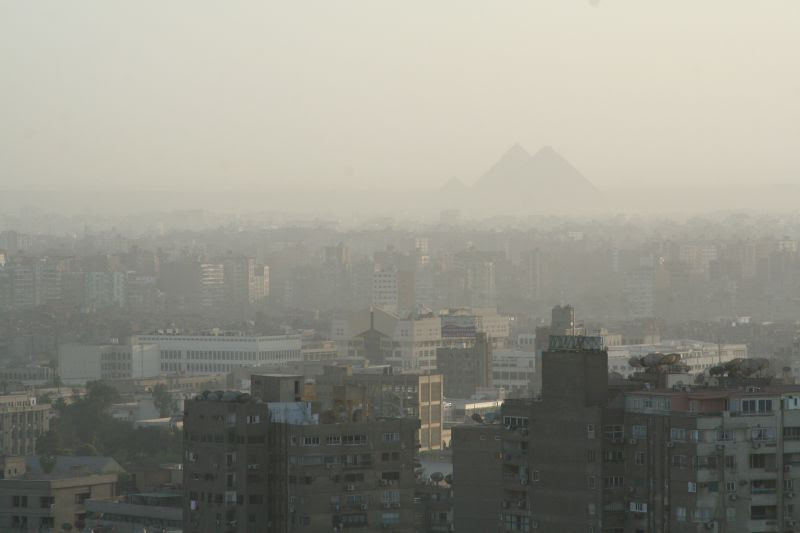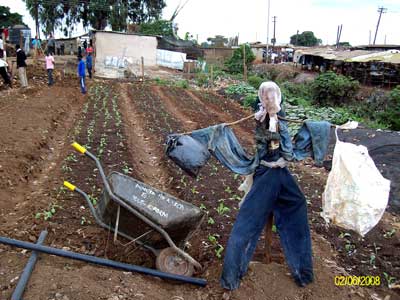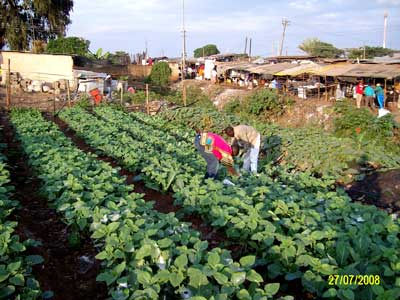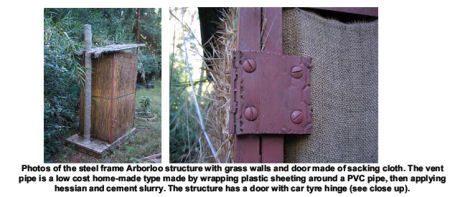When was the last time you noticed the air you are breathing ? Do you know how it affects you and your health?

Egypt leads the list of the most polluted cities in the world, in terms of particulate matter. Moreover, according to the latest report by the WHO, every Cairo resident’s daily share of air pollution is equivalent to smoking a pack of cigarettes a day.
This motivated the makers from icealex hub in Alexandria Egypt to work on solving this global problem.
Their solution: Build an air quality monitoring kit

The kit uses Arduino, gas, humidity and temperature sensors, RGB LEDs and an LCD screen to detect and measure air pollution. The Afrimakers team wishes to understand and map pollutants in their local environment and identify main pollution sources and best strategies of individual protection.
The idea was inspired by the Air Quality Egg project, which is based on Arduino, allowing anybody on the world to monitor CO2 and NO2 levels around his house, and share the results online, to be compared with the rest of the world records.

What distinguishes the prototype designed by the Afrimakers team from the AirQuality Egg’s, is the reduced cost and the outreach to local schools, communities of makers and learning centers for children. The same components of the kit can be used for many other projects which also reduces the investment for schools.
The team has a detailed documentation for this project and aims to create several learning modules for this project that could be used in schools and video tutorials.
This week, the project developers are visiting the makers in Nairobi and organizing a series of workshops in collaboration with Fablab Nairobi and iHub in order to improve their prototype and reflect about how it can be locally-driven.
If you would like to build your own air pollution monitor you can follow the instructions made by the icealex team. In case you don’t have access to the same sensors or materials we encourage you to “fork” their project here and and adapt it to your local resources.
A main goal of the team and their project is to encourage makers and local communities to dream, make and share meaningful projects that are solving big problems and are extremely affordable.
-:¦:- -:¦:–:¦:- -:¦:- -:¦:- -:¦:- -:¦:-:¦:- -:¦:–:¦:- -:¦:- -:¦:- -:¦:- -:¦:-
Afrimakers is an initiative to empower African makers to develop sustainable projects and provide solution for local challenges by training more than 100 mentors in 10 African countries on running science & tech workshops for private and public schools students.




















